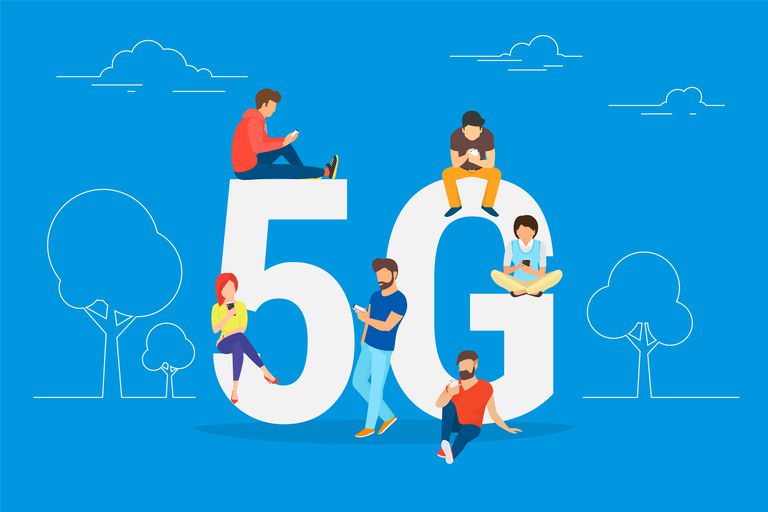A Closer Look at 5G
5G is indeed set to change the world. It is such a big step-up from previous generation LTE and 4G in fact, that it would be the last MAJOR upgrade in cellular, mobile connectivity for a while. It’s going to be that big a deal. So here’s what you need to know about 5G…
5G would succeed 4G LTE (Long Term Evolution). Which was already the sweet spot in terms of speed, range, infrastructure, and even worldwide implemantation. 4G—and eventually LTE—already allowed us to stream Videos and content at Ultra-high 4K resolutions, download large files in seconds, or just keep our live multiplayer sessions or video calls running buttery smooth.
So it’s mind-boggling to think of how much more of an improvement we’d be getting from 5G in speed and bandwidth. 5G performance targets high data rate, reduced latency, energy saving, cost reduction, higher system capacity, and massive device connectivity. Their major advantage is that 5G networks achieve much higher data rates than previous cellular networks, up to 10 Gbit/s; which is faster than current cable internet, and 100 times faster than the previous cellular technology, 4G LTE.
But There’s a Catch..
Well don’t get too excited, as there seems to be a major drawback. For instance, while it’ll provide massive improvements in speed, 5G is also a significant step-down from LTE in terms of range. To put that into perspective, Current cell towers could be several miles apart. And at it’s wavelength, 4G LTE signals can easily pass through buildings and obstructions.
In contrast, the millimeter-wave used by 5G can be absorbed by even gases. Meaning the walls in your house or office building can very much affect your browsing experience. To that end, 5G antennas need to be placed really close—As close as two streetlights maybe—to overcome the problems of range. The smaller, more numerous antennas means this technology may be limited to cities. Or at least places where there are enough users to justify infrastructure costs. There’s doubts as to whether 5G would ever get to rural areas for this reason.
So why exactly do we need 5G?
Save for better speeds and lower latency, 5G would get devices talking. Providing a base for Internet of Things. Syncing us, and all our home accesories, electric cars, wireless gadgets, to the very internet. Computers in vehicles would continuously talk to each other and the road. And we’d achieve simultaneous, high density connections in areas with heavy, concentrated traffic in areas like stadiums.
When To Expect it?
5G is set to rollout first in April 2019. With devices like the Samsung Galaxy 5G and Huawei Fold already 5G ready. Those intending to try it out first should expect to pay a quite hefty premium though. From then on it may take a quite a while for the required infrastructure to be setup across the globe.



Fingerrighteous
What is it naaaa, I haven’t even upgraded to 4g??